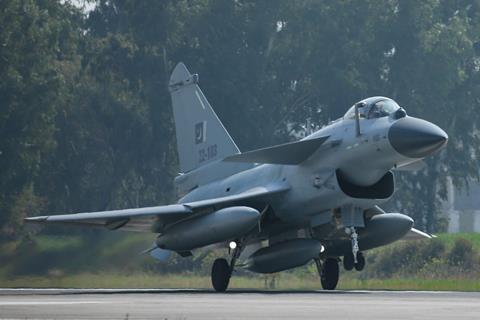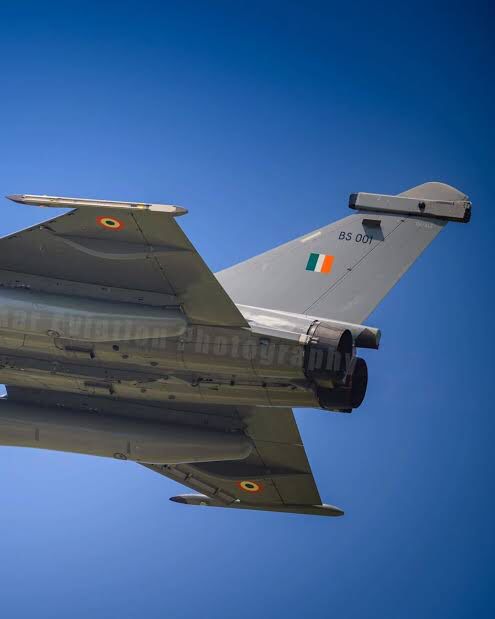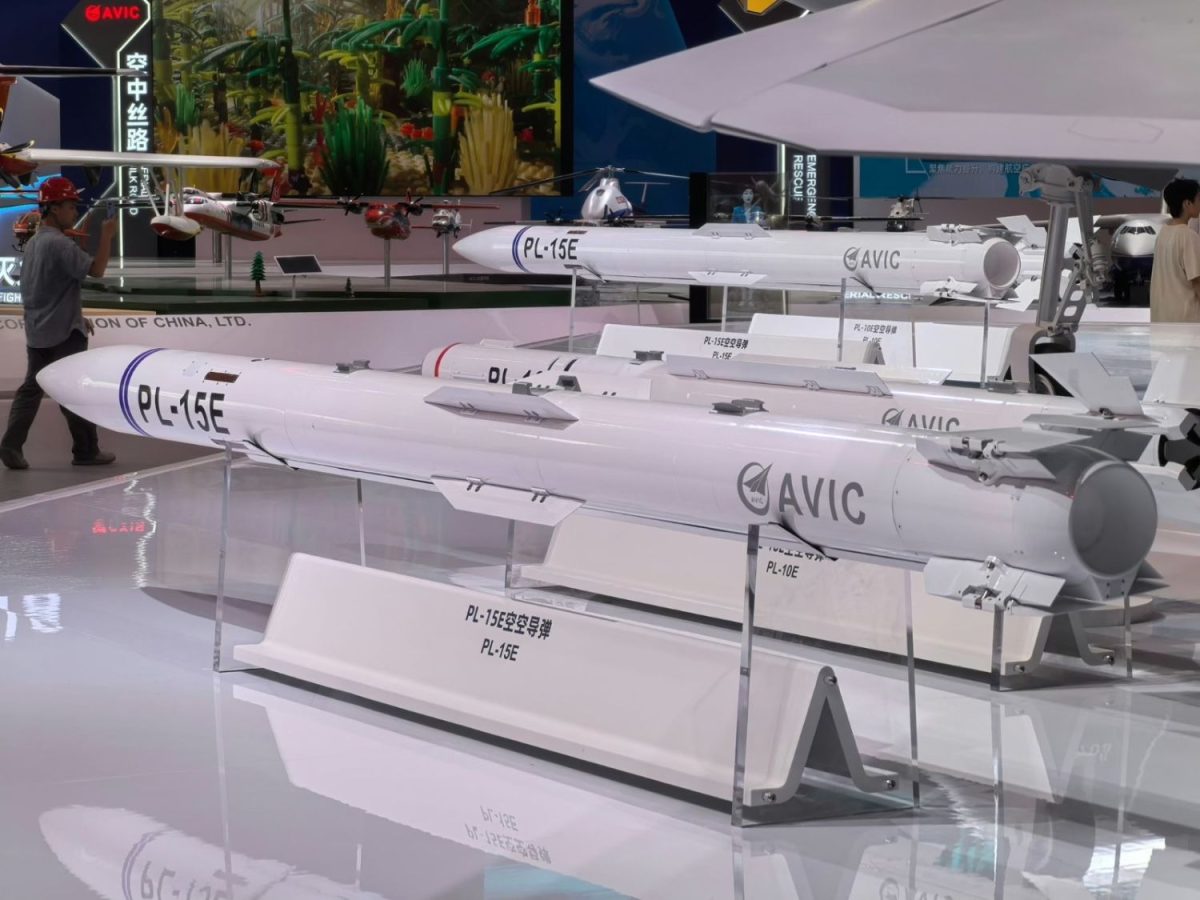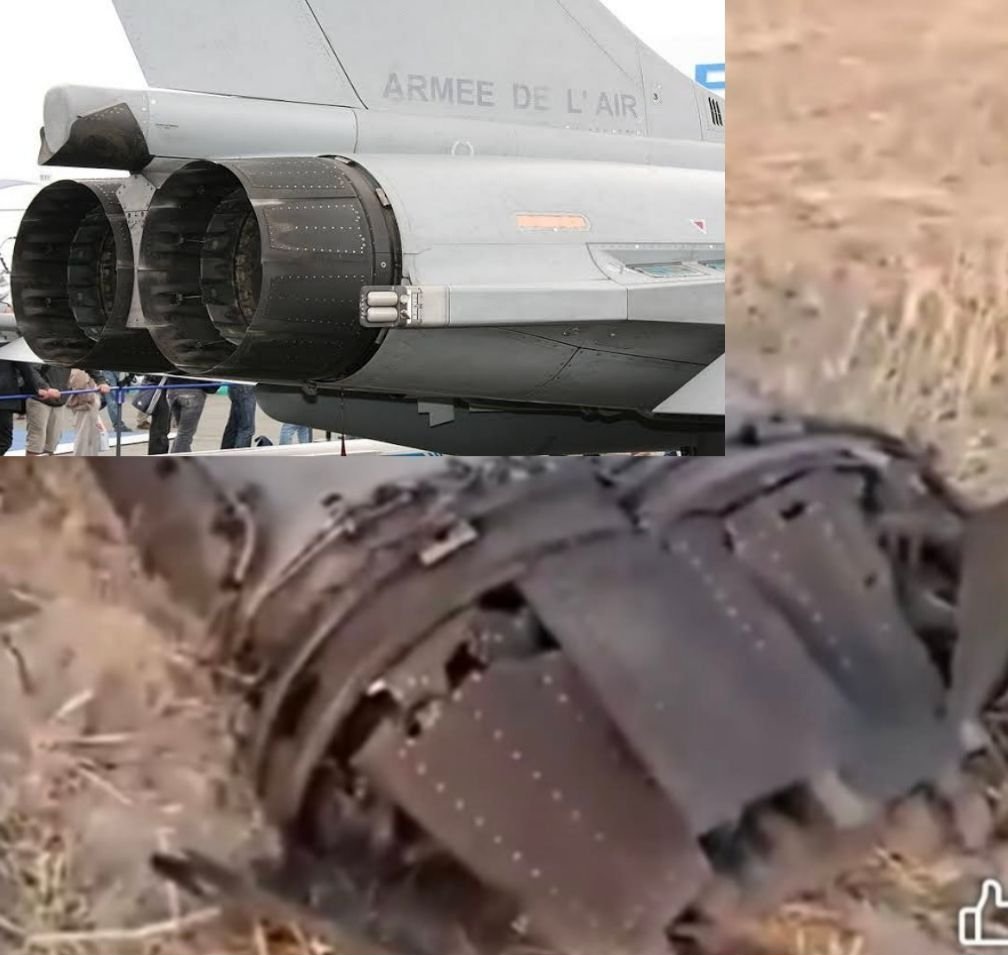Pakistan’s J-10C Downs Five Indian Jets Including Three Rafales in First Salvo of War, Claims Foreign Minister
Earlier in the day, the Pakistan Armed Forces announced they had brought down five Indian fighter aircraft, including three Rafale multirole jets, one MiG-29 Fulcrum, and one Su-30MKI Flanker-H, shortly after Indian forces launched missile strikes on what they described as "terrorist infrastructure" within Pakistani territory.
(DEFENCE SECURITY ASIA) – In a bold and unprecedented disclosure, Pakistan’s Foreign Minister Ishaq Dar claimed that the Pakistan Air Force (PAF) successfully downed five Indian Air Force (IAF) fighter jets—including three state-of-the-art Rafales—using Chinese-built J-10C fighters armed with PL-15E beyond-visual-range air-to-air missiles (BVRAAMs).
“The much-hyped Rafale jets failed miserably, and Indian pilots proved utterly incompetent,” Dar said.
“Our forces could have taken down 10 or 12 aircraft. But there was a strict order – strike only those that fired,” he said.
Dar’s declaration marks the most senior official acknowledgment by the Pakistani government of what is being described as a historic air combat success during the initial hours of a rapidly escalating military conflict between the two nuclear-armed rivals.
In a further corroboration that may elevate tensions between New Delhi and Islamabad, senior CNN correspondent Jim Sciutto reported via platform X that a high-ranking French intelligence official confirmed the downing of at least one Rafale jet operated by the Indian Air Force.
According to that official, this incident marks the first combat loss of a Rafale fighter in any conflict—a major dent in the platform’s previously unblemished combat record.
Earlier in the day, the Pakistan Armed Forces announced they had brought down five Indian fighter aircraft, including three Rafale multirole jets, one MiG-29 Fulcrum, and one Su-30MKI Flanker-H, shortly after Indian forces launched missile strikes on what they described as “terrorist infrastructure” within Pakistani territory.

New Delhi has so far refrained from commenting on the alleged loss of five frontline aircraft, including the crown jewels of its combat aviation fleet.
French intelligence sources speaking to CNN also indicated that Paris is actively reviewing claims that more than one Indian Rafale may have been neutralized during the engagement.
Efforts by CNN to solicit a response from Rafale manufacturer Dassault Aviation have reportedly gone unanswered, with the French aerospace firm declining to comment on the potential loss of its flagship fighter in Indian service.
Concurrently, social media platforms have been flooded with imagery allegedly depicting wreckage from a downed Rafale, with one specific image showing debris marked with serial number BS-001 discovered in the Aklian Kalan area of Bathinda, Punjab.
The downed aircraft’s pilot is reported to have ejected and survived, with subsequent evacuation to a local medical facility.
Notably, Bathinda is home to one of the IAF’s Rafale squadrons, adding credibility to claims that the aircraft was operating from that base during the engagement.
Of critical significance, the Rafale bearing serial number BS-001 was the first aircraft delivered to India under its 2016 deal with France, symbolizing the high-profile nature of the alleged loss.


The apparent takedown of India’s most advanced fighter platform has cast fresh scrutiny over the Rafale’s battlefield survivability, particularly after the aircraft saw soaring demand in recent years across Europe, Asia, and the Middle East, where it has been marketed as a combat-proven, next-generation platform.
Whether this incident will have downstream effects on Dassault Aviation’s international sales and marketing momentum remains to be seen.
In the immediate aftermath of the claims, shares of Chengdu Aircraft Corporation (CAC)—the Chinese aerospace firm that manufactures the J-10C—surged by 20 percent, signaling investor confidence in the fighter’s battlefield credentials.
CAC also co-produces the JF-17 “Thunder” with Pakistan Aeronautical Complex (PAC), an aircraft central to Islamabad’s indigenous airpower development program.
Conversely, Dassault Aviation saw its stock price fall by approximately 1.40 percent following widespread media reporting of the Rafale’s alleged combat losses.
India’s 2016 deal for 36 Rafale fighters with France carried an estimated value of US$8.8 billion, translating to roughly US$91 million per unit.
When factoring in bespoke Indian modifications, advanced weapons packages, spare parts inventory, and a five-year support package, the per-aircraft cost was projected at approximately US$218 million.

Adjusted for inflation as of 2025, analysts estimate that the effective cost per unit now approaches US$289 million—raising questions about value-for-performance amid battlefield losses.
Pakistan, meanwhile, inducted its first batch of Chinese-built J-10C fighters on 4 March 2022, with six aircraft arriving at Minhas Air Base in Kamra and officially entering service on 11 March that year.
These aircraft now operate under the No. 15 “Cobras” squadron and represent a critical element of Pakistan’s strategic response to India’s Rafale acquisition.
The J-10C is a 4.5-generation multirole fighter jet equipped with an AESA radar, digital fly-by-wire flight control system, advanced electronic warfare suite, and the ability to deploy the deadly PL-15 and PL-15E BVR missiles.
The initial order comprised 25 aircraft, with deliveries timed ahead of Pakistan’s Republic Day celebrations on 23 March 2022, and subsequent reports suggest Islamabad is considering expanding the fleet to 60 units.
The PL-15E is the export variant of the highly capable PL-15 air-to-air missile, with a reduced range of approximately 145 km, compared to the 300 km reach of the indigenous variant used by China’s PLA Air Force.
Despite its slightly reduced specifications, the PL-15E is still regarded as a game-changing BVR weapon, especially against adversaries operating aircraft without equivalent long-range missile coverage.

The original PL-15, believed to be capable of Mach 4 speeds, integrates a compact AESA radar seeker for terminal guidance, allowing it to autonomously track and destroy airborne targets beyond visual range.
Developed by China Academy of Launch Vehicle Technology (CALT), the PL-15 is widely regarded as one of the most advanced BVR missiles globally, rivalling the U.S.-made AIM-120D AMRAAM and Europe’s Meteor missile.
Military analysts argue that the PL-15 and PL-15E provide Pakistan with a long-range engagement advantage, particularly in contested airspaces where denying enemy air dominance is critical.
This edge forces adversaries such as India to potentially recalibrate the aerial tactics of their Su-30MKI, Rafale, and Mirage 2000 fleets to avoid early attrition in air-to-air combat.
The missile’s combination of AESA radar, two-way datalink, and dual-pulse solid rocket motor enables high-speed flight throughout its trajectory, improving hit probability against highly manoeuvrable, high-value targets.
Its dual-datalink capability allows for mid-flight retargeting, granting launch aircraft the flexibility to adapt to evolving combat conditions in real time.

With a length of approximately 4 meters, mass of 200 kg, and blistering top speeds, the PL-15 represents a significant leap in missile technology that is reshaping the dynamics of aerial warfare across Asia.
In a development likely to compound Indian concerns, the PAF recently released official imagery of its JF-17 “Thunder” fighter jets equipped with the PL-15 missile for the first time—signalling an intent to standardize advanced BVR capabilities across its combat fleet.
— DEFENCE SECURITY ASIA





That bs0001 photo is so old ..just google image search ..Pakistan & china propaganda
..just google image search ..Pakistan & china propaganda